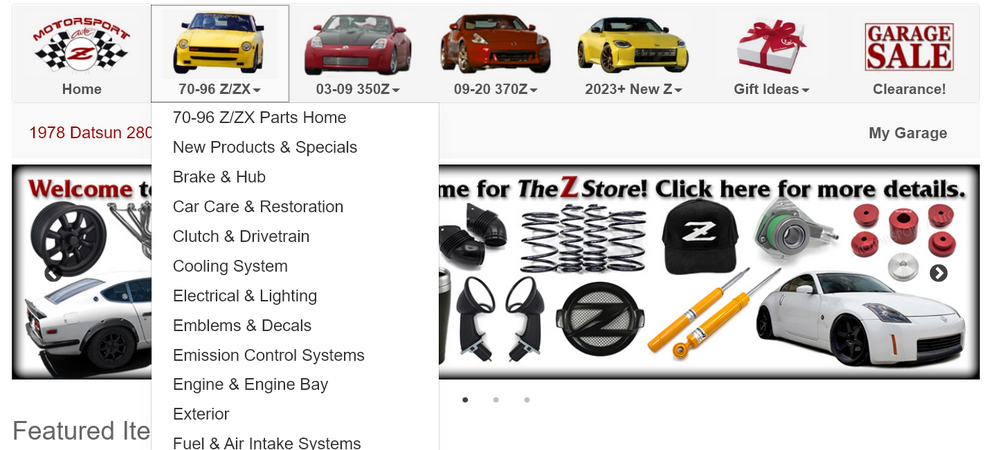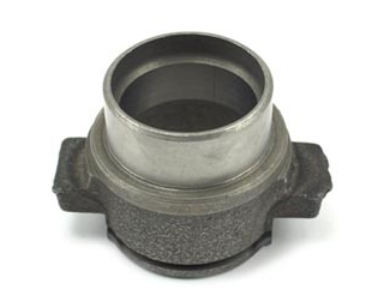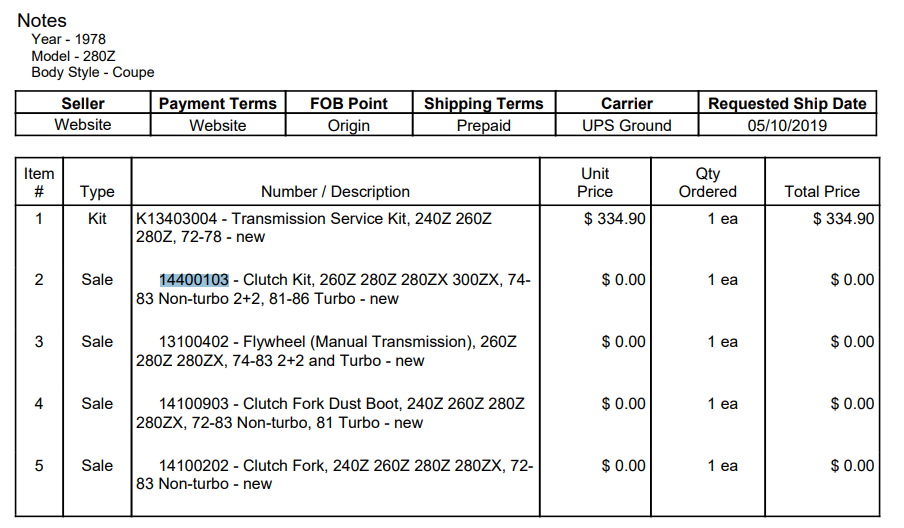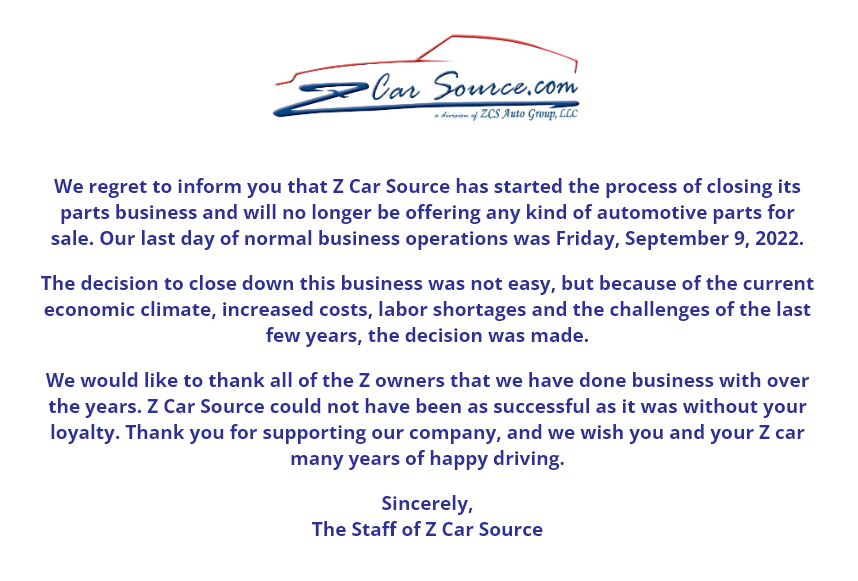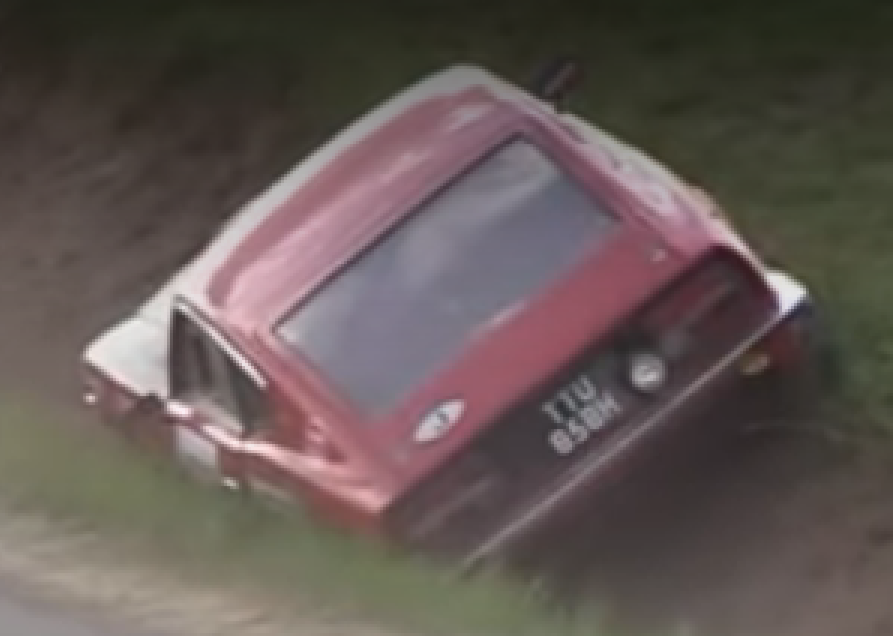Everything posted by Zed Head
-
Motorsport Auto's web site "upgrade"
Here's the WIP message from Motorsport Auto & The Z Store. https://www.thezstore.com/topic/stage_one
-
Motorsport Auto's web site "upgrade"
The dropdown menus under the car types are pretty good. They have categories. It's not obvious that they are there though or if you should click on the car pictures. I'm just trying to have some fun but offer constructive critique. Most people go to the site because they need parts. No time to work through the flashy stuff, just make it easy to find what you need. There is a small black arrow but is it obvious. Especially on a phone, today's world.
-
Motorsport Auto's web site "upgrade"
The correct words are in some of the descriptions but the search engine does not find them. https://www.thezstore.com/product/1045/clutch-kit-75-83-280z-280zx-coupe-non-turbo
-
Motorsport Auto's web site "upgrade"
Here is a "clutch bearing". https://www.thezstore.com/category/304/clutch-bearings
-
Motorsport Auto's web site "upgrade"
"clutch collar" https://www.thezstore.com/isearch3?searchterm=clutch+collar
-
Motorsport Auto's web site "upgrade"
Anybody noticed that the TheZtore.com, aka zcarparts.com, aka MotorsportAuto.com, changed their web site. It's kind of odd, like they had an IT guy who doesn't really know old cars go through it during the "upgrade". Some of the phrases are strange and searching for normal words does not work. I searched for "throwout bearing" and nothing came up, no products match. Searched for "clutch" and found a page for a "clutch collar", whatever that is. Nobody calls it a clutch collar but there it is. Searched for "clutch collar" and found some parts. The site is different but not so sure it's better. Opportunity missed.
-
New clutch issue 280z
The throwout bearing sleeve looks like this. The bearing presses on to it. https://www.thezstore.com/product/2158/factory-clutch-collar-75-83-z-zx-2-2-82-83-280zx-turbo-84-89-300zx-non-turbo
-
New clutch issue 280z
-
New clutch issue 280z
Did it come with a new throwout bearing sleeve (aka collar)? I tried to find the list of parts in the kit but the company has shut down.
-
Z's on BAT and other places collection
Coincidence, I just posted this in the wrong thread. Not trying to jump over your post. Good stuff. Here's a neat one. Has some commentary about lime green color and the "Series's". Has an interesting air dam on the front. The youtuber is Dennis Collins and he's looking for a hub cap, apparently. His cars often end up on BAT or at the big auctions. He does big money cars. Says that they're going to try to get it up to number 2 condition car or number 1, whatever that means.
-
Alternator Upgrade Issue
It's not uncommon. The internet is full of bad reman alternators. The reman shops only replace the parts that don't work, they leave the stuff that's on the edge. I thought that Remy was a good company though.
-
Z Cars On TV And In Movies
Wrong thread...
-
Alternator Upgrade Issue
It's a 71 so it doesn't have any sensitive electronics. And 15.1 is in the range of the original external regulator. So probably not, but if it's defective it might fail even farther. Why not put the old external system back together while you wait?
-
Alternator Upgrade Issue
Actually these numbers do look like a bad regulator, IF you are back-probing the S (yellow) wire. But, If the yellow wire is the wire to S and you're unplugging it to take a measurement then you are removing the Sense wire to the regulator. Anyway 15.1 volts is too high for a ZX internally regulated alternator.
-
Alternator Upgrade Issue
Maybe your jumper wires are tied to a flasher circuit somehow. I would take another look at the wires you used the jumpers on. Use a meter and find the one that is always hot. Connect it to S. Find one that is only hot with the key on, connect it to the L terminal. Don't try to use jumpers at the plug, just run a new wire to the alternator terminals.
-
Z Cars On TV And In Movies
Another interesting thing about the Z in the ditch is that the video is a rally video. There was a copilot giving instructions about the the course. So, kind of embarrassing that a Z is in the ditch but all of those odd looking other cars stream on by. The copilot gave poor instructions or the driver didn't handle the car well. Also interesting that it went in nose first, not back end first, as far as you can tell. Kind of looks like they just drove right off the edge and in to the ditch. Anyway, another Z makes the new world of Youtube videos. Too bad there's no footage of it driving before it ended up there. Maybe it wasn't actually in the event.
-
Z Cars On TV And In Movies
The irony here is extreme.
-
Parts Z from craigslist
As RacerX is pointing out you'll need to talk to DMV eventually unless you want to try to cut up the remaining metal and sell it directly to a scrap yard. Your local DMV people will know. Best to just call and talk directly to a real person.
-
Parts Z from craigslist
I almost bought a car with no title from a guy in Washington. He wanted to meet me at the DMV where he would show various documents to apply for a "lost" title. Maybe that's what RacerX meant. I declined though, (luckily, since it was a real turd and I found a much better car later) since with a lost title you need to have people attest to the fact that they know that the title was lost and that they can attest to the chain of ownership. If it turns out later that it wasn't then there's a mess that you have to resolve. Like if somebody dragged an old car from a field and sold it then the real owner showed up later. Unfortunately Reptoid there is a real chance that you bought a car that was, in essence, stolen. Probably not, but who knows.
-
Z Cars On TV And In Movies
p.s. and just wondering - have you ever raced a car? Or driven it to the edge on a country road? Can't really tell from your posts, they seem more intellectual and related to what seems to be your profession, which seems to be professional photography. No sign that you've done much driving of the extreme type.
-
Z Cars On TV And In Movies
Thanks HS30. I posted the picture and the question so that people who know could confirm either way. Good information with an insult added for flavor. As usual.
-
Z Cars On TV And In Movies
The front of the car seems too wide, wider than the rear. I looked for other small clues but they might have been modified away. There is no hatch release button visible. Can't see the emblems on the quarter panels. The rear bumper seems too thick and has no rubber "nerf" bumpers on it. It's just a very straight and flat piece of chrome. I've seen other European cars that look similar to the big brands. Just couldn't be 100% on this picture. There's probably a writeup of the even somewhere that has the cars listed. Bummer that the car ended up in the ditch. Doesn't look like that difficult of a turn. You can see the ditch way before you get close.
-
Z Cars On TV And In Movies
-
Front hub question
When you say rotor do you mean hub? It's attached to the disc but many people think of the rotor as the disc itself. You can buy things called "rotors" that have no hub attached. Just a brake disc that fits over wheel studs. I don't know how they ended up being called rotors. A picture would be good, even one from the FSM. I know that they early 240Z hubs are different from later hubs. Scalloped versus round if I remember right. Not sure about dimensions or caliper fitment.
-
Picked up a 73 240Z. Need help changing all the fluids
Grease the rear driveshafts' u-joints. The propeller shaft u-joints might have Zerk holes also. You might need to get a Zerk fitting since Nissan plugged the holes with screws from the factory. The ball joints need grease also.





